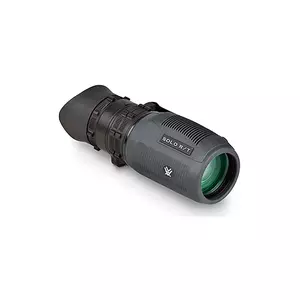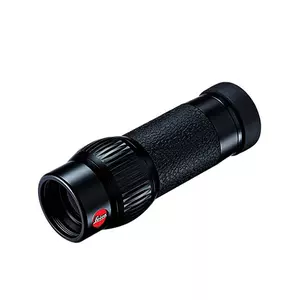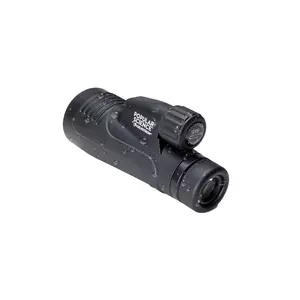Night Vision and Low Light Binoculars/Monoculars
Exploring the night has its unique allure, and with the right tools, it's an adventure that's easily accessible. Night vision and low light binoculars/monoculars are incredible devices that unlock the mysteries of low light environments. Whether you're into wildlife observation, stargazing, camping, or need them for security purposes, understanding these gadgets is crucial.
This guide aims to demystify night vision and low light optics for beginners, focusing on how they work, their types, and tips on choosing the right one for your needs.
Short answer: Night vision and low light binoculars/monoculars are devices that enhance vision in dark or dimly lit conditions. Night vision amplifies minimal ambient light for clear vision in darkness, often producing a green-tinted image, while low light devices use digital sensors to improve visibility in less than total darkness. They're commonly used for activities like wildlife observation and security.
- The Science Behind Night Vision and Low Light Optics
- Different Types of Night Vision and Low Light Optics
- Understanding the Generations of Night Vision and Low Light Optics
- Selecting the Right Night Vision or Low Light Device
- Choosing the Right Image Stabilized Binoculars and Monoculars
The Science Behind Night Vision and Low Light Optics
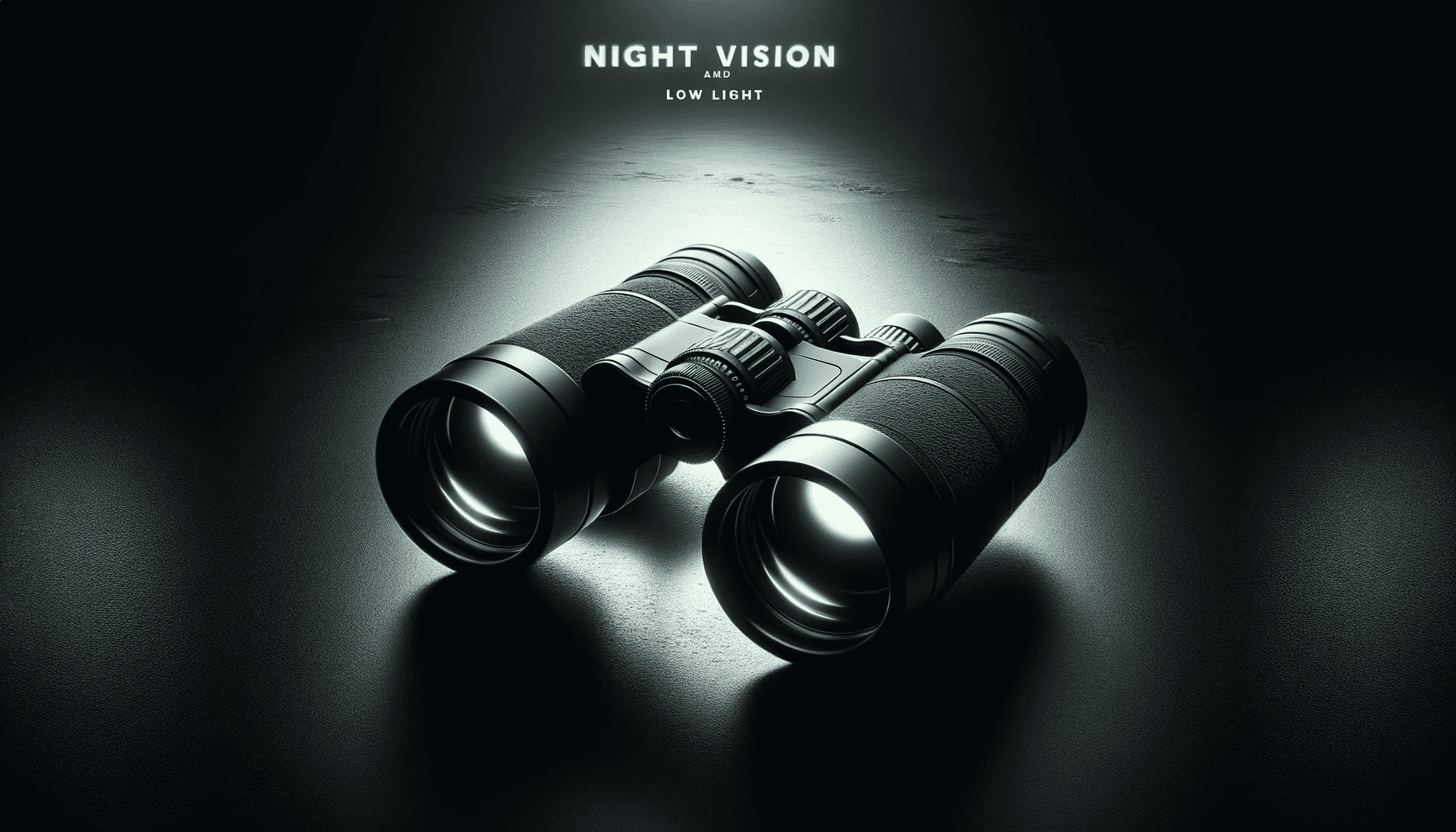
At their core, night vision and low light optics are about enhancing your vision in dimly lit conditions. Here’s how they work:
Night Vision Devices: These gadgets amplify existing ambient light (like moonlight or starlight) to illuminate the dark environment. The process involves an image intensifier tube (IIT) that converts light photons into electrons, amplifies these electrons, and then converts them back into an enhanced light image, usually green-hued.
Low Light Devices: Unlike night vision, low light devices don’t use IITs. They employ digital sensors and displays to capture and present images. While less sensitive in near-total darkness compared to night vision devices, they offer additional functionalities like recording videos, digital zoom, and sometimes even WiFi capabilities.
Different Types of Night Vision and Low Light Optics
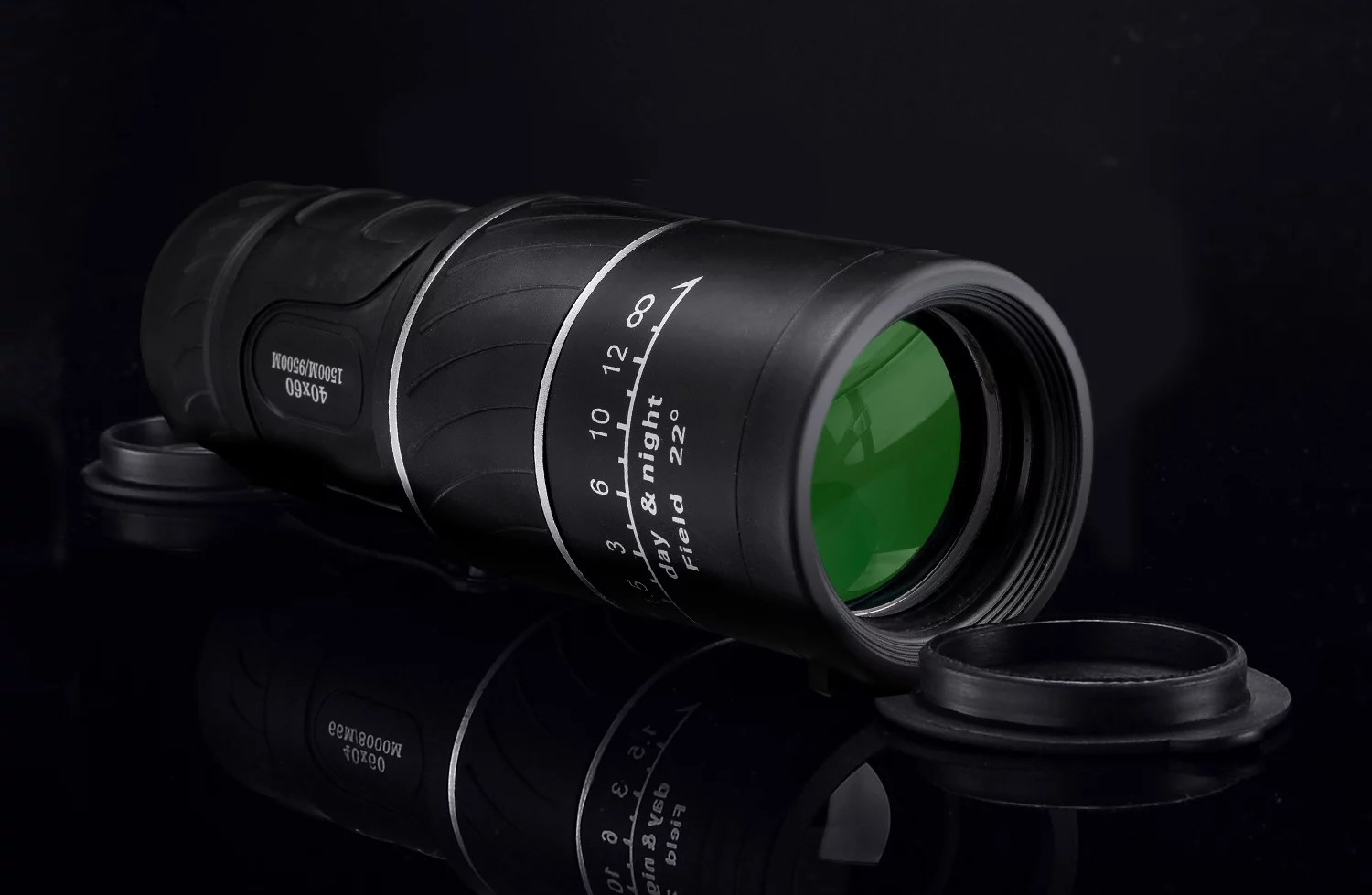
When exploring the range of available options, you’ll come across three primary types:
Night Vision Goggles: Designed for mobility, these are wearable, hands-free devices ideal for activities where movement is involved. They offer a stereoscopic view but might have limitations in terms of field of view and battery life.
Night Vision Binoculars: These are perfect for stationary observation, offering a detailed and binocular view of the surroundings. They are typically heavier and bulkier.
Night Vision Monoculars: Offering a compromise between goggles and binoculars, monoculars are versatile, portable, and can be either handheld or mounted on other equipment like helmets or cameras.
Low light binoculars and monoculars follow a similar pattern but use digital technology instead of IITs. Also, if you're on the hunt for some fascinating monocular models, check out our top 4 picks for the best monoculars in 2026:
- 8x Magnification with 36mm Objective Lens
- Fully Multi-Coated Lenses
- R/T Ranging Reticle with Milliradian Measurements
- Compact, Rubber-Armored, and Includes Utility Clip
- Waterproof and Fogproof for Reliable Field Use
- Fits Easily in Pockets, Ideal for Travel
- Functions as Mini-Telescope or Macroscope
- Ideal for Detailed Observation of Small Objects
- Roof Prism with Phase Correction for Clear Images
- Waterproof and Nitrogen-Filled to Prevent Misting
- 12x Magnification with 50mm Objective Lens
- Multi-Coated Lenses and BaK-4 Prisms
- Waterproof, Fog-Proof with Rubber-Armored Build
- Smartphone Adapter and Bluetooth
- Ideal for Various Outdoor Activities, Tripod Adaptable
- Powerful 20x for Detailed Distance Viewing
- Waterproof, Fog-Proof, and Travel-Friendly
- Multi-Coated BaK-4 Glass for Bright, Clear Images
- Easily Capture and Share Observations
- Comfortable Twist-Up Eyecup Design
Understanding the Generations of Night Vision and Low Light Optics
Night vision and low light optics are categorized into different generations, each indicating a step-up in technology and performance:
| Generation | Category | Key Improvements and Features |
|---|---|---|
| Gen 0 | Night Vision | Early stage technology; basic night vision capabilities. |
| Gen 1 | Night Vision | Enhanced image resolution and sensitivity to light; more practical for general use. |
| Gen 2 | Night Vision | Further improvements in image resolution and sensitivity; longer operational lifespan. |
| Gen 3 | Night Vision | High-end technology; widely used in military and law enforcement; superior image resolution, light sensitivity, and lifespan. |
| Gen 4 | Night Vision | Developmental stage; expected to offer significant advancements in all aspects of night vision technology. |
| Gen 1+ | Low Light Optics | Enhanced low light optics; better image clarity and noise reduction compared to basic Gen 1. |
| Gen 2+ | Low Light Optics | Further advancements in image clarity, noise reduction, and effectiveness in darker environments. |
| Gen 3+ | Low Light Optics | Advanced stage; represents the peak in low light optics technology with superior image clarity, minimal noise, and highest effectiveness in very dark environments. |
This table encapsulates the evolutionary stages of both night vision and low light optics, highlighting their respective improvements and current technological status.
Selecting the Right Night Vision or Low Light Device

Choosing the right device depends on several factors:
Purpose: Your intended use plays a crucial role. For active, on-the-go tasks, night vision goggles might be ideal. For stationary observation or detailed viewing, binoculars or monoculars would be more suitable. For recording and multimedia capabilities, opt for low light devices.
Budget: There's a wide price range across different types and generations. Night vision devices generally cost more than low light devices, with newer generations being pricier. Determine your budget and find a balance between cost and the features you need.
Features: Consider what specific features are essential for you, such as magnification, field of view, focus ability, digital functionalities, and connectivity options.
Conclusion: Embracing the Night with Confidence
Night vision and low light binoculars and monoculars open a new realm of possibilities in low light environments. From the enhanced vision of Gen 3 night vision devices to the digital capabilities of Gen 3+ low light optics, the choices are extensive. This guide aims to equip you with the knowledge to make an informed decision based on your needs and budget.
Remember, the night holds countless wonders, and with the right optical device, you're well-prepared to explore them. For any further questions or guidance, feel free to reach out. Happy exploring!
You may also like:
